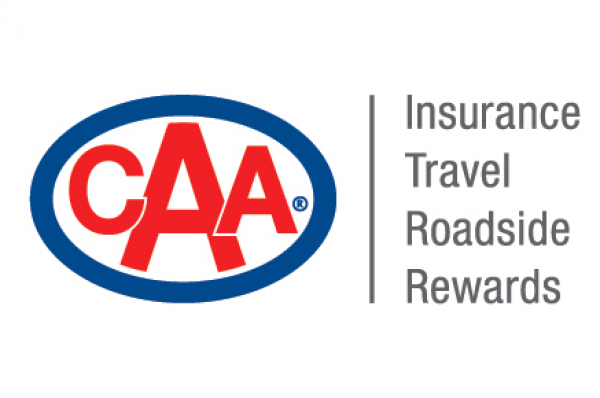After months of distance learning, many students will be excited to see their friends and classmates again as they return to the classroom. With higher traffic periods anticipated before and after school, CAA South Central Ontario (CAA SCO) is urging all pedestrians and motorists to stay alert and take extra caution while travelling through school zones.
“Pedestrian safety begins with drivers,” said Raymond Chan, manager of government relations at CAA SCO. “When you’re behind the wheel, you have the responsibility to look out for everyone else around you, including parents, guardians and children.”
While the pandemic reduced congestion around schools, a recent school zone survey conducted on behalf of CAA SCO found many of those previous bad behaviours persist. More than 20 per cent of parents say they witnessed speeding, illegal parking and U-turns or three-point turns.
Of those surveyed, 41 per cent of parents and guardians say that motorists being in a hurry is the primary cause for unsafe driving behaviours within school zones.
Pedestrian behaviours also play a role when it comes to road safety. According to the survey, parents are concerned about pedestrians crossing at undesignated areas; and failing to look both ways when crossing the street.
“CAA is reminding pedestrians, cyclists and motorists to be fully aware of their surroundings by slowing down and putting away all distractions,” said Chan. “Whether you are a parent or guardian driving, or a child walking or wheeling to school, everyone plays a role in keeping school zones safe.”
CAA is encouraging motorists to remember these top five school zone safety tips:
- Make eye contact with passing pedestrians and cyclists: With the excitement of going back to school, anticipate that children may not easily see or hear your moving vehicle. Use eye contact to ensure pedestrians are aware of you driving your vehicle.
- Help reduce traffic with active school travel: Encourage your kids to walk or ride to school to ease traffic congestion. If your school is a further distance, CAA encourages parents and guardians to park a block away and walk to school, if possible, to reduce traffic and make school zones safer.
- Slow down: Know the speed limit in your neighbourhood’s school zones and respect them. Ensure to give yourself plenty of time to drop off your kids at school to avoid rushing.
- Follow the rules of the road near school buses: Always stop for school buses with its lights flashing and/or stop arm activated, and wait for children to get safely on or off. Stay alert and watch for children or parents/guardians crossing the road when the bus moves on.
- Choose a safe spot to drop off and pick up your children from school: Follow your school’s rules and avoid double parking or stopping on crosswalks, dropping off or picking up your kids on the opposite side of the street, and stopping in moving traffic as kids rush out. Instead, use the designated drop off areas or consider a spot a bit farther away from school that is easily accessible and safe.
CAA supports safety in school zones through the CAA School Safety Patrol® program. The program was developed to protect and educate elementary school children on safe road-crossing practices. CAA’s Ontario Road Safety Resource is a toolkit with valuable lesson plans for teachers to help educate students about road safety.
The study, commissioned by CAA SCO and conducted by Dig Insights between April 16th to 23rd, 2021, surveyed 1,405 Ontario parents/guardians between the ages of 18 and 74 with children attending school from Kindergarten to Grade 8. A probabilistic sample of a similar size would have a margin of error plus or minus 2.6% at the 95% confidence level.





